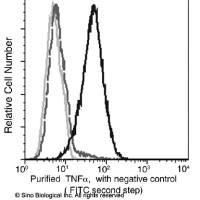Injury Models to Study Cardiac Remodeling in the Mouse: Myocardial Infarction and IschemiaReperfusion
互联网
361
Deep tissue wound healing requires a complex sequence of several factors working in unison to repair the organ at risk. Myocardial infarction (MI) is particularly complex due to several local and systemic factors mediating the repair process within the heart. The wound healing process during this time is critical—the cardiac myocytes are at risk of apoptotic cell death, autophagy, and necrosis. During the early remodeling period, the fibroblasts and myofibroblasts play critical roles in infarct scar formation, a process that is greatly influenced by a robust inflammatory response. Construction of the infarct scar is a “necessary evil” that helps to limit expansion of the infarction; however, the collagen and matrix deposition will often spread to the healthy areas of the heart, causing reactive fibrosis in areas remote from the original damage. This chapter outlines in detail the procedures for two myocardial infarction injury models as well as how to quantify the size of the experimentally induced injury. These procedures are critical to the development of in vivo approaches to study myocardial injury, particularly for use in knockout and transgenic mice.









